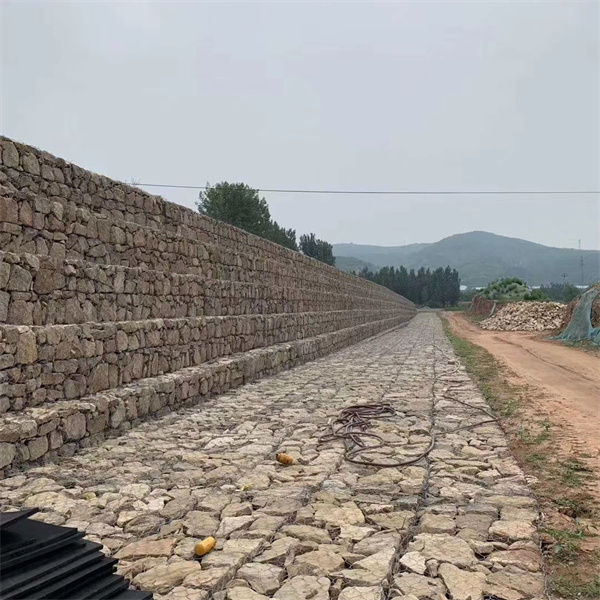Sep . 02, 2024 06:29 Back to list
china gabion wall fill material
Gabion Walls The Essential Fill Material for Stability and Durability
Gabion Walls The Essential Fill Material for Stability and Durability
The most common fill material for gabion walls is stone or rock. Typically, angular stones are preferred due to their ability to interlock, providing greater stability and reducing the potential for movement over time. The size of the stones can vary, but it is essential to choose materials that are properly graded to fit within the dimensions of the gabion cage. This ensures that the fill material does not shift and remains anchored in place, preventing soil erosion and structural failure.
china gabion wall fill material

In addition to natural stone, recycled materials have recently gained traction as eco-friendly fill options. Materials such as recycled concrete, brick, or crushed glass can offer a sustainable alternative while providing similar structural qualities to traditional stone. By utilizing recycled fill, not only is the environmental impact of construction reduced, but there's also a potential cost benefit associated with sourcing these materials.
The selection of fill material also depends on the specific application of the gabion wall. For example, in areas prone to flooding, using larger rocks can enhance the wall's resistance to strong water flow. Conversely, for decorative purposes, smoother stones or even colored glass can elevate the aesthetic value while still performing the necessary structural role.
In conclusion, the choice of fill material for gabion walls is crucial for their performance and longevity. Whether opting for natural stones, recycled materials, or a combination of both, the selected fill should align with the intended use of the wall. By carefully considering these factors, engineers and architects can create durable, functional, and visually appealing gabion structures that withstand the test of time. As the demand for sustainable building practices continues to grow, gabion walls represent a robust option for modern construction.
-
Understanding Load-Bearing Capacity of Gabion Boxes
NewsJul.17,2025
-
The Importance of Corrosion-Resistant Wire in Gabion Construction
NewsJul.17,2025
-
How Gabion Boxes Prevent Soil Erosion Effectively
NewsJul.17,2025
-
Environmental Benefits of Gabion Cages
NewsJul.17,2025
-
Best Stone Types for Gabion Walls with Steps
NewsJul.17,2025
-
Benefits of Using Rock Gabion Baskets in Landscaping
NewsJul.17,2025
-
The Role of Galvanized Gabion Mesh in Riverbank Protection
NewsJun.26,2025






